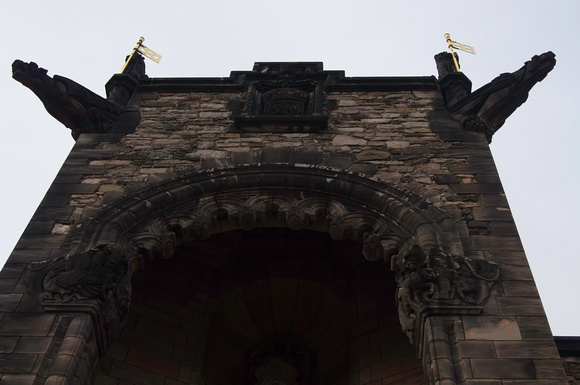Category:Architecture and Structures
Subcategory:Castles
Subcategory Detail:
Keywords:Arch, Architecture, Carving, Castle, Castles of Scotland, DSLR, Digital SLR, Edinburgh, Edinburgh Castle, Gargoyle, Gargoyles, Gargoyles inside Edinburgh Castle, Gargoyles on Scottish National War Memorial, Great Britain, Heritage, Heritage building, Heritage monument, Heritage structure, Historical Building, Historical Monument, Historical Structure, History, Memorial, Royal Castle, SLR, Scotland, Scottish National War Memorial, Sony Alpha 55, Sony DSLR, Sony SLR, Stone, Stone building, United Kingdom, War memorial, europe, stone wall


